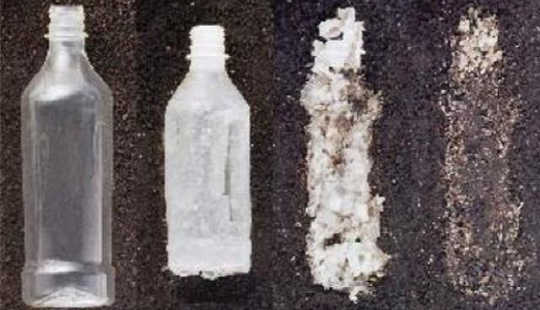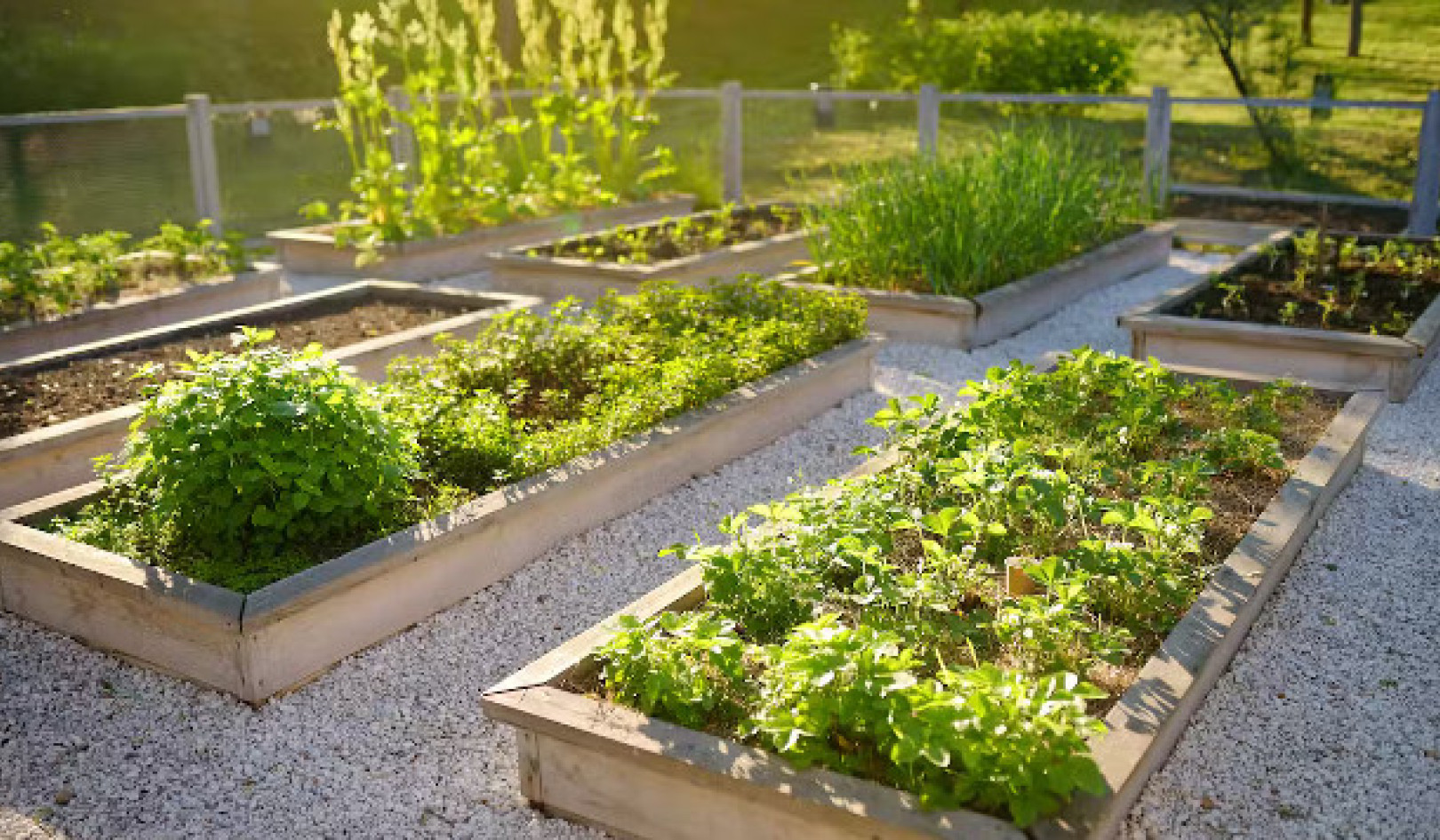
A new catalyst could make biodegradable plastics derived from renewable materials—promising alternatives to plastics made from oil.
The vast scale of plastics manufacturing and the environmental consequences associated with disposal illuminate the limits to which the planet can cope with our current “take, make, and dispose” model of resource utilization. Biodegradable plastics derived from renewable sources offer an attractive alternative, but they can’t yet match the price and performance of petroleum plastics.
As with many chemical reactions, creating biodegradable polyesters requires the assistance of a catalyst—a special class of chemical that increases the rate of a reaction or pushes it over an energetic hurdle. The standard catalysts used to make biodegradable plastics are metal-based, which are difficult or expensive to remove from the final material, and do not degrade in the environment.
The research group headed by Robert Waymouth of Stanford University and James Hedrick of IBM Research presents an alternative catalyst made from common organic compounds.
The researchers crafted the catalyst by reacting common chemical ingredients—thiourea with a metal alkoxide. The result is a catalyst that is both fast and selective, meaning that it excels at accelerating and facilitating reactions and that it doesn’t alter the resulting polymer’s shape or properties once it is formed.
“While many catalysts are either fast or selective, these catalysts are both,” says Waymouth, professor in chemistry. “They are simple to prepare, easy to use, and can be readily adopted by anyone with a basic knowledge of chemistry.”
In addition to lowering the cost and environmental impact, the new catalyst design is highly tunable, Waymouth says, and can be used to generate several varieties of plastics suitable for different functions. The work can produce polylactic acid, a commercial compostable biodegradable polyester utilized in disposable plasticware, such as tableware, cups, plates, and forks. It also has medical applications for resorbable sutures, implants, and stents, as well as biomedical implants and drug-delivery materials. Everyday items such as food packaging and non-woven fabrics are also a possibility.
Although the results are based on a decade of research, they are just the first steps, the researchers say. Because this technique is relatively simple and the catalysts are readily modified, these advances could lead to new and broadly useful class of catalysts—and likewise, new and useful biodegradable plastics—beyond what’s been presented in this study.
“Our catalyst design is simple and general and could prove useful not only for polymerization but for a wide range of organic reactions,” says Xiangyi Zhang, the Stanford graduate student who conducted the experimental work.
Partial funding came from the National Science Foundation. The work appears in Nature Chemistry.
Source: Stanford University
Related Books
at InnerSelf Market and Amazon























